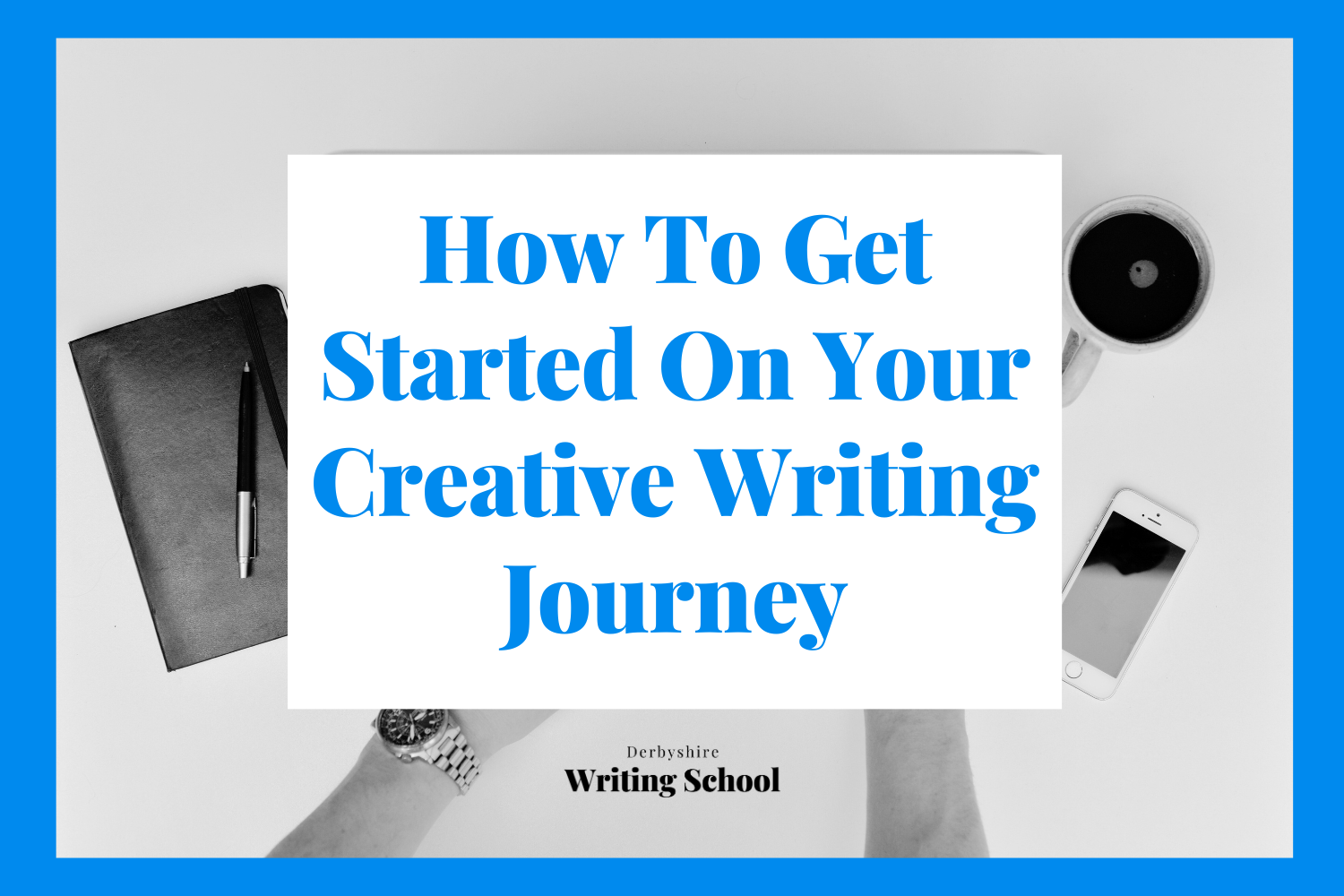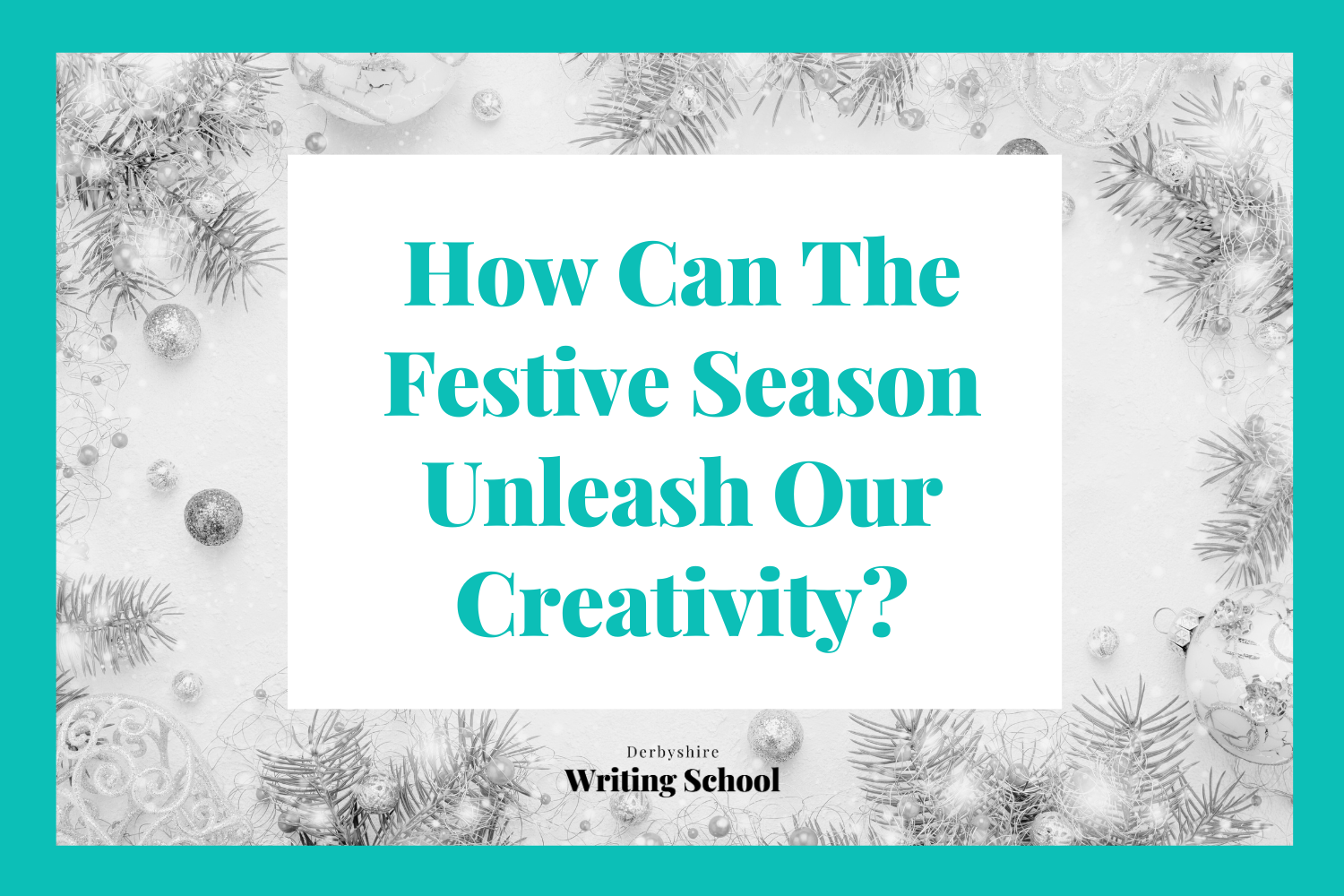Why Ambiguity Can Be Really Effective In Our Stories
One of the most frequent pieces of writing advice we come across when it comes to our stories, is to leave readers with a fulfilling, satisfying ending. A lot of writers like to provide readers with answers, rather than questions. And there’s absolutely nothing wrong with this. Memorable, thought-inducing, emotional endings are a crucial element of any story.
However, the beauty of creative writing is the freedom to play and experiment – to leave some questions unanswered. It’s fun to try something different. It’s an opportunity to not only offer our readers a new experience but to challenge our own writer’s mindset and take our writing into less familiar directions.
Ambiguity is one way to do this.
It confronts the more ‘traditional belief’ that clarity is always needed within writing. It refers to a sense of openness. An inexactness. It leaves little room for more than one meaning or interpretation.
This creative writing blog will explain how ambiguity can help you to develop your writing…
What Does Ambiguity Bring To Our Writing?
Interactivity
Ambiguity engages the reader. It stirs up enormous amounts of intrigue. It can create a more interactive reading experience. It allows people to interpret whatever is missing, in their own personal way.
There’s something special about a reader being able to add their own touch to a story, to offer them the chance to make it their own in a small, but powerful way.
Ambiguity is unique, in that you can apply your own understanding to what is left open, using your individual perspective. There is no definitive right or wrong conclusion, it’s about how you piece together the clues the writer has left within the story.
2. Interpretation
Sometimes, when we leave something blank or leave a gap in our story, it can leave a powerful impression in our reader’s minds. What’s not said, is just as powerful as what is said.
Through using ambiguity, writers give readers the freedom, to use their imagination to explore meaning. Different possibilities, and different readings of stories, make for fascinating, and diverse discussions.
If we all knew every single detail of every story, if there were definitive, single explanations for everything, things would become boring and stale. It’s why book club discussions can become so lively!
Ambiguity encourages interpretation. Allowing our imaginations to offer up answers to the story’s questions can be a wonderful experience. It’s a chance to challenge our minds, and, ways of thinking. There isn’t always a right answer and that’s where the beauty of discussion comes into play.
3. Mystery
Mystery and intrigue are part of the world we live in. There are unanswerable questions all around us. But this isn’t necessarily a negative thing. Although our natural instinct tends to be to seek out answers, it’s always a valuable learning experience when we challenge our expectations and beliefs.
Ambiguity utilises mystery and creates a sense of excitement at the possibilities, and things we don’t know.
Sometimes a written piece is best suited to be more cryptic. Giving the reader clues, rather than giving too much away. This can lead to stimulating, and exciting experiences. We can all be guilty of spelling things out to our readers. Learning to trust them, and to let them connect the dots is important. Acting like a detective, a reader may enjoy the process of putting pieces together and searching for the answers themselves.
4. Characters
One way of incorporating ambiguity into our stories is by creating morally ambiguous characters.
Ambiguous characters are those we, as readers, can’t quite deduce the intentions of. Are they good? Are they bad? They don’t quite seem to fit in either category.
The different elements and dimensions of these characters can often mean they pique the interest of readers. They lead them on an adventure to decipher the relationship they have with this character. Can they sympathise with them? Do they want them to win?
Ambiguity can increase our fascination with characters. They ‘don’t have to be nice smiling perfect people’, but their motivations, their goals, and their personalities should be developed and fleshed out, to make them as interesting as possible.
The Great Gatsby is a novel full of morally ambiguous characters. Jay Gatsby is one example, with multiple layers to his character. While his self-made fortune initially appears admirable, for example, it turns out he uses illegal means to make his money. He can also be seen as bordering on obsessive, pressuring Daisy to declare her love for him, over her husband.
Daisy Buchanan is another interesting case. She draws a degree of sympathy from us as readers, as we learn her husband is having an affair, yet we also discover her affair with Gatsby too. We also discover that she doesn’t attend Gatsby’s funeral, suggesting a coldness to her.
There are so many complexities and complications within the novel. Nothing is straightforward. There is lots of ambiguity.
Using Ambiguity In Your Stories
Although it is often viewed negatively, ambiguity can be a powerful tool for writers. It challenges us to think differently, adding a different dimension to our stories, and, it can offer readers a new experience. When used intentionally, and carefully, it can be a really effective creative writing technique. Why not give it a try and see where it takes you? We’d love to hear how you get on!
Everyone has a book in them. Will this be the year you finally write yours? Our ‘how to write your first novel’ course is a perfect introduction for those looking to learn how to start writing fiction. Whether you’re hoping to get your novel published or if you’re writing just for fun – this course will help you feel motivated and excited to start writing your first novel.
This is an online course delivered live via Zoom.














